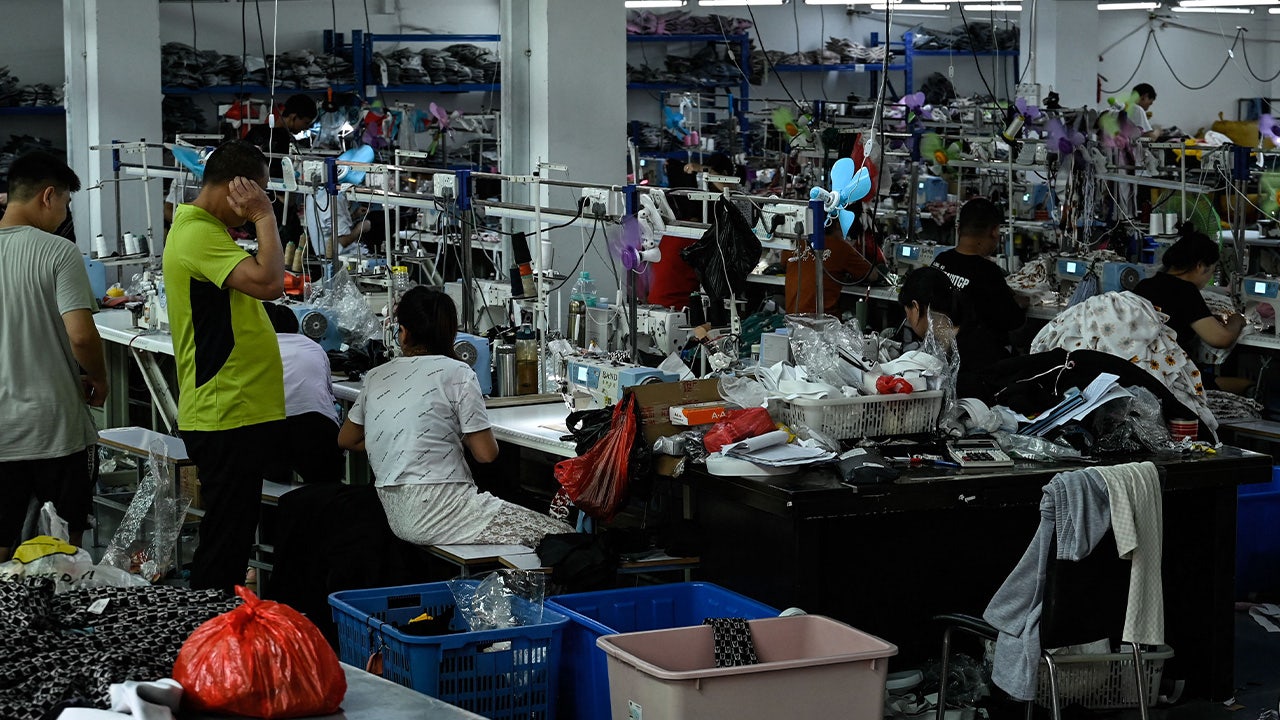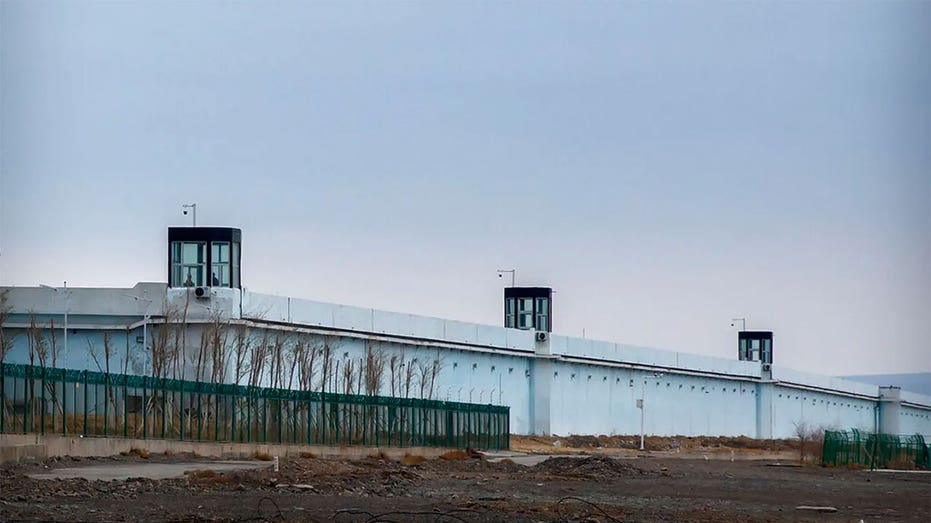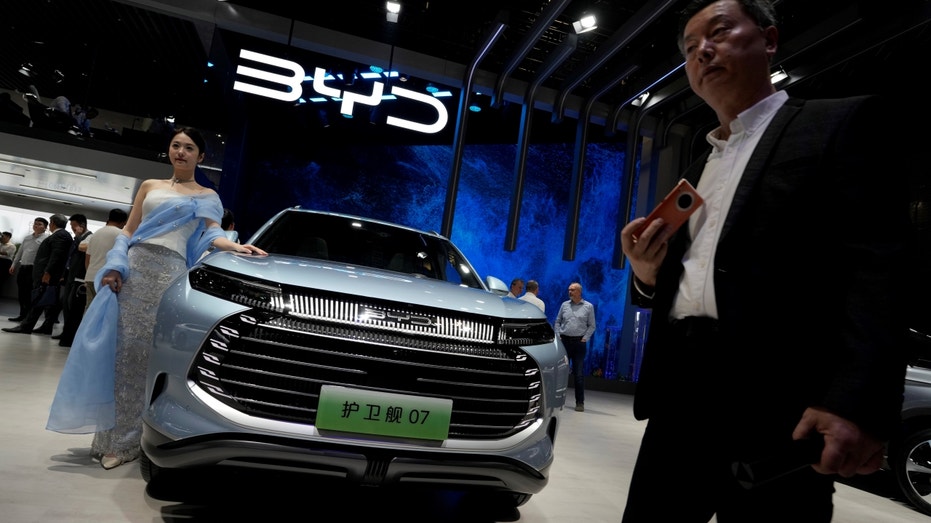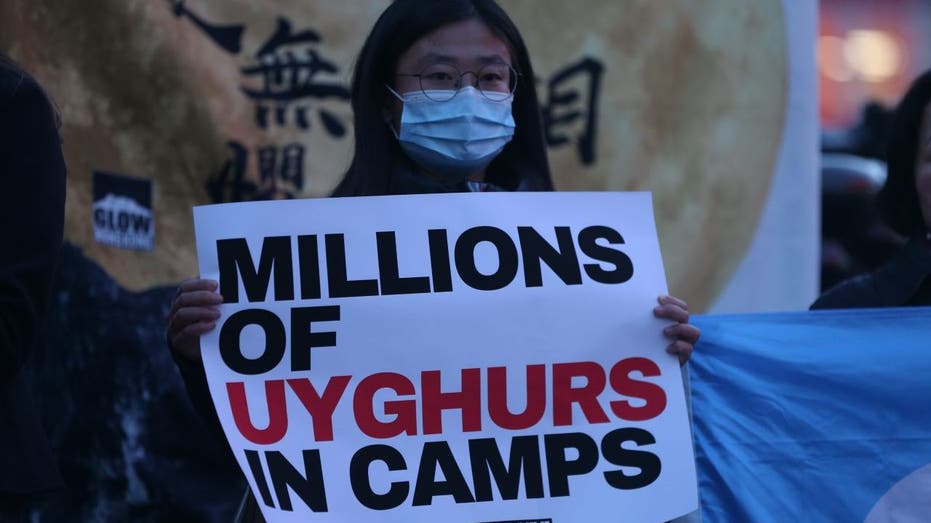Finance
AI helping remove Chinese goods made with Uyghur forced labor from corporate supply chains

Artificial intelligence (AI) is playing a role in helping companies and government agencies remove products from the supply chain that are suspected of being tainted by the use of Uyghur-forced labor in China.
The Chinese government persecutes the Uyghurs and other predominantly Muslim ethnic minorities who reside in China’s northwestern Xinjiang region – requiring them to work in factories against their will and subjecting them to mass incarceration in “reeducation camps” among other human rights abuses. The U.S. and several other countries have said the Chinese Communist Party’s (CCP’s) actions amount to genocide. The CCP denies those allegations, claiming the camps are needed for counterterrorism and “vocational training.”
Last year, a law known as the Uyghur Forced Labor Prevention Act (UFLPA) took effect, which requires companies to rebut the presumption that goods and supply chain components sourced from Xinjiang are the product of forced labor and subject to import restrictions.
Altana Technologies, an AI startup that recently raised $100 million in Series B investment, has developed an AI tool called Altana Atlas, which is being used by U.S. Customs and Border Protection to track imports. It is also in use by companies like shipping and logistics giant Maersk, pharmaceutical company Merck and Boston Scientific to map their supply chains to comply with UFLPA and root out forced labor and ensure compliance with sanctions regimes.
CHINA SOLAR PANEL SHIPMENTS SCRUTINIZED OVER FORCED UYGHUR LABOR
Evan Smith, the CEO and co-founder of Altana, told FOX Business that the company’s supply chain mapping system is like “Google Maps for the global supply chain” and shows “linkages and product flows from point A to point B” while tracking the companies involved with various shipments.
“We’re using artificial intelligence both to crunch all that messy data – it’s billions of records of really messy shipment data, trade data, corporate registry data and procurement data – and to turn that into one clean, unified picture that can only be done with artificial intelligence,” Smith explained. “There’s no way humans can get through that stuff with any kind of reasonable timeframe.”
“So we use artificial intelligence to build the map, and then we use artificial intelligence on top of the map to connect our customers into that map and answer questions about supply chain activity, about companies, about product relations, and specifically on forced labor to target it deep into upstream value chains to understand where there’s a high likelihood of there being forced labor tainting those products,” Smith continued.
HOUSE COMMITTEE RELEASES ‘SHOCKING’ FINDINGS IN REPORT ON CHINESE BUSINESSES OPERATING IN US

An analysis the company did last year using its platform estimated that about 10% of all the companies in the world that were buying and selling physical goods were using inputs from Xinjiang. Smith said those goods were “typically many hops removed,” but “if you follow the chain all the way back, that’s where it’s coming from. So you’re talking about a really vast swath of the world economy.”
The types of goods that have been flagged as being potentially produced in whole or in part with Uyghur-forced labor are wide-ranging: Altana has seen imports of textiles, apparel, pharmaceuticals, the chemical supply chain, food, furniture and cars flagged due to forced labor concerns; while Smith said that aluminum and electronics supply chains may be product categories where CBP focuses its forced labor enforcement in the future.
US RESTRICTIONS ON GOODS FROM CHINA MADE WITH UYGHUR FORCED LABOR WORRIES VIETNAM EXPORTERS

Global supply chain networks that are tainted by forced labor often flow from China’s Xinjiang region to other trans-shipment points, like Hong Kong, Vietnam and India. Altana Atlas is used not only to trace where products from Xinjiang flow downstream, but also to take an import to the U.S. and trace that back upstream.
As goods flow through the supply chain, they can generate records like product orders, customs declarations, freight bookings and other data points that are arranged in different formats and composed in a variety of languages.
LAWMAKERS WARN CHINESE E-COMMERCE APPS MAY HELP AVOID ENFORCEMENT OF ANTI-FORCED LABOR LAWS
“The challenge is to take all that raw, messy data that’s in different languages and somehow clean it and connect it into one canonical representation of all the companies in the world, at all the places in the world that they operate, and then the specific products that move between them at those places. So you’re building this bottoms-up view of all the businesses and product flows between them,” Smith explained.
“We’ve been building this bottoms-up view of the world’s physical economy in the form of a supply chain knowledge graph. And again, because the raw materials here, the raw data here is so vast and so messy and there’s no unique identifiers – the only way you can approach that problem is with artificial intelligence.”
AI PROGRAM FLAGS CHINESE PRODUCTS ALLEGEDLY LINKED TO UYGHUR FORCED LABOR: ‘NOT COINCIDENCE, IT’S A STRATEGY’

The company is investing in large language models to allow users to pose questions more flexibly in natural language and have the AI access the Altana Atlas knowledge graph and customer data to allow users to evaluate various scenarios that may impact their supply chains.
“Everything from the big sort of geopolitical scenarios, you know, what happens to my supply chain if China invades or embargoes Taiwan, to help me find potential forced labor exposure on any of the product families in my supply chain that contribute this amount of revenue,” Smith said. “Being able to ask questions in natural language and have an analyst co-pilot take the user through, you know, big strategic questions, very small tactical questions, that’s the next frontier here.”
BLOCKADE OF TAIWAN BY CHINA COULD COST WORLD ECONOMY OVER $2 TRILLION, REPORT FINDS

Altana is also helping companies evaluate their supply chains to avoid business interruptions due to being over-reliant on particular vendors or distribution hubs to avoid disturbances like what transpired in the supply chain amid the COVID-19 pandemic.
“There’s COVID shocks, there’s geopolitical competition that’s heating up, which is fracturing supply chains. You have all this explosion of regulatory compliance and legislation that’s taking place in the supply chain whether it’s the UFLPA in the United States or the EU Supply Chain Due Diligence Directive, which is compelling businesses in the EU to understand their global supply chains and represent that there’s no labor rights, or criminal violations, or other supply chain hygiene issues,” Smith explained.
Since it took effect in June 2022, the shipment of goods subject to the UFLPA, where businesses are in Xinjiang, has been reduced by 40%, which Smith said shows the law is having an effect on supply chain behavior. Some of that adaption has manifested itself as goods are increasingly funneled through transshipment hubs like Vietnam, Hong Kong and India.
“What’s not happening is the Chinese government changing their behavior with respect to Uyghur-forced labor, so that manufacturing is still happening, and it’s going to try to find its way into the world economy,” Smith said.
Read the full article here


















